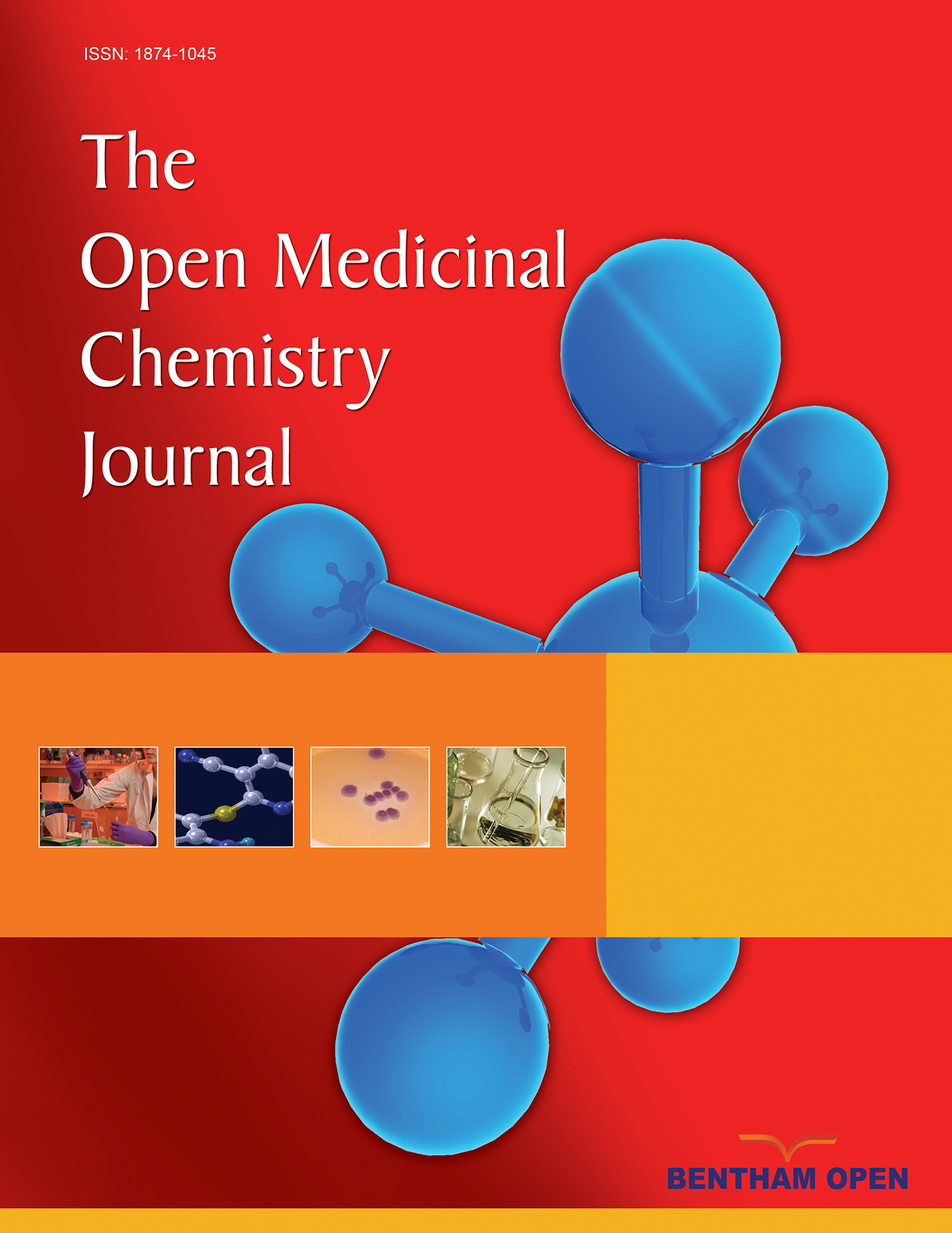All published articles of this journal are available on ScienceDirect.
Monitoring the Level of 14C-Labelled Selegiline Following Oral Administration
Abstract
Background:
Selegiline [(-)-deprenyl] is widely used for the treatment of Parkinson’s disease in humans.
Objective:
Time-dependence of tissue distribution of selegiline following per os administration to rats.
Method:
Oral administration of radiolabeled selegiline to rats resulted in a pattern of tissue distribution similar to that following intraperitoneal injection. Analyses were done using both reversed-phase HPLC and also by counting radioactivity in various body compartments of rats.
Results:
As a consequence of oral administration of 30 mg/kg of selegiline, its level in the stomach was extremely high (179.57 µg/g tissue through 54.67 µg/g at 15 min to 120 min), that is one magnitude higher than that in the serum level. High selegiline concentrations were also detected in the lacrimal glands (7.45 µg/g), kidneys (6.87 µg/g), livers (6.01 µg/g) and lungs (3.47 µg/g) after 30 minutes of application, which were higher than after intraperitoneal injections.
Conclusion:
The relatively high tissue levels remained for 120 min monitoring. Selegiline levels in the brain (1.69 µg/g) and in the testes (1.88 µg/g) were also considerably higher than following intraperitoneal administration during the entire period of observation (15 to 120 min).


